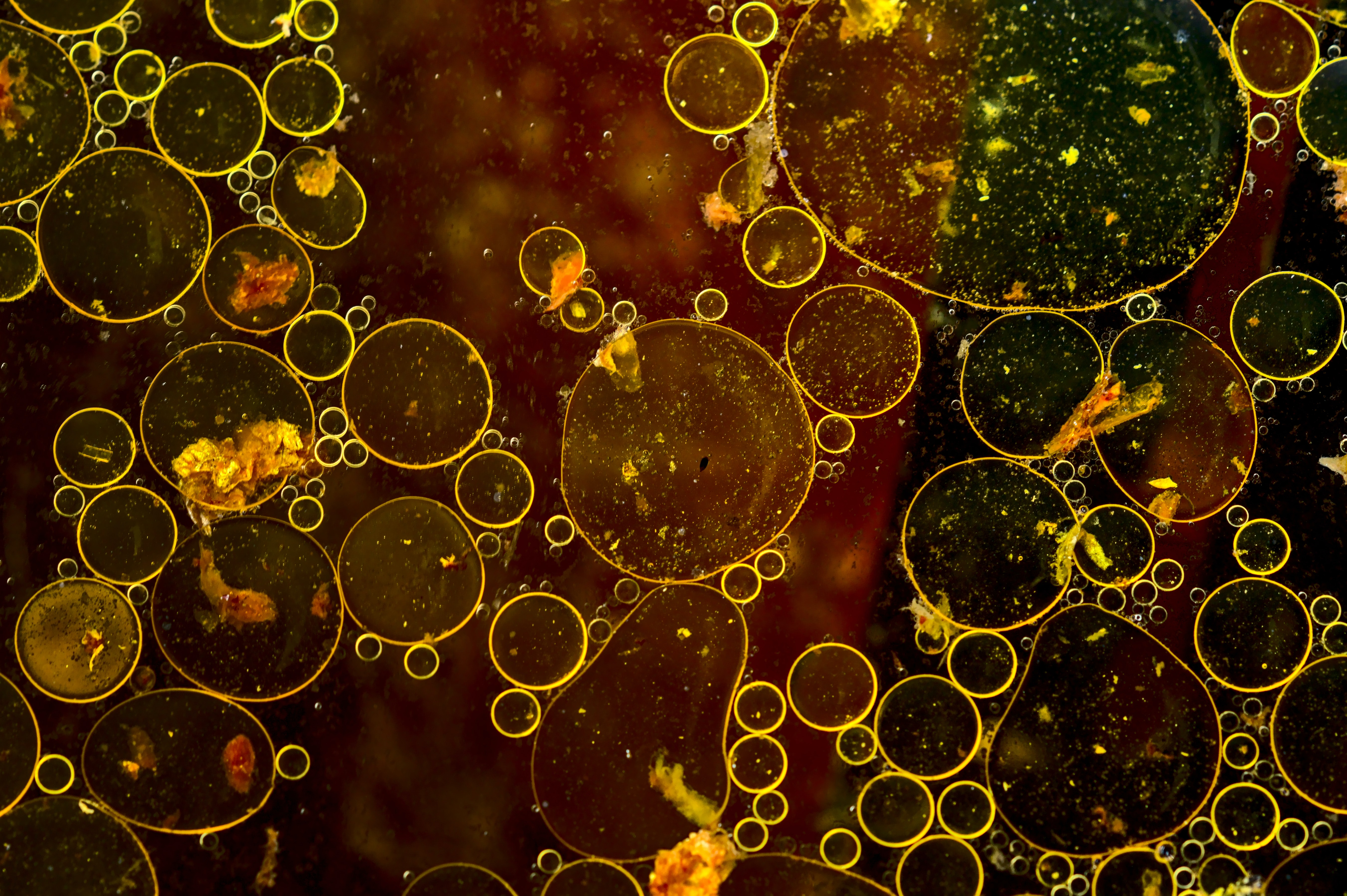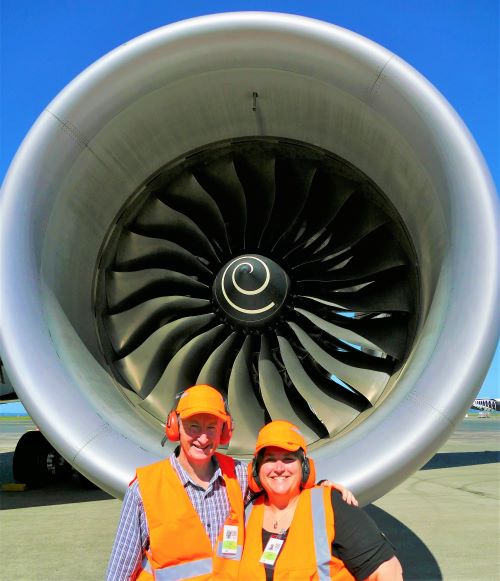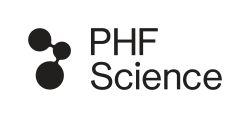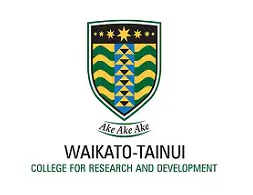Testing of sewage for the presence of infectious disease, known as wastewater-based epidemiology (WBE), is used to assess disease burden in communities without the need for individualised testing. It allows for cost-effective, non-invasive and unbiased disease screening of whole communities, and can be deployed in areas traditionally underserved by healthcare surveillance. Aotearoa New Zealand has been conducting wastewater-based surveillance for the presence of COVID-19 since early 2020 and recently extended this work to detect other pathogens.
While the implementation of WBE in large communities, in Aotearoa New Zealand and internationally has been well established, much less focus has been placed on local-scale WBE. This includes the level of sampling individual buildings. This is a key gap in our pandemic preparedness because it is now well established that wastewater testing can play a hugely important role in monitoring for current and emerging disease threats.
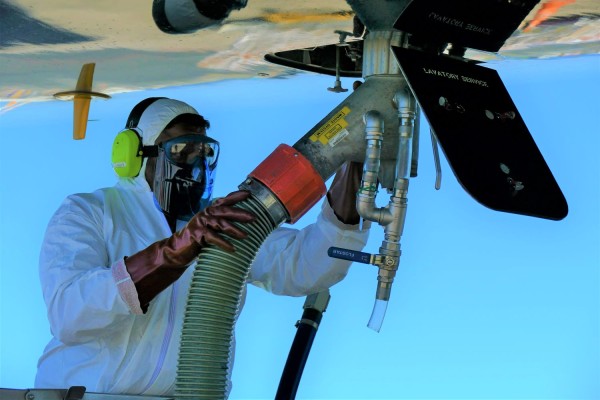
The ability to roll out wastewater testing at localised scales at the beginning of an outbreak with an established understanding of the sampling methodology and frequency needed would improve likelihood of detection. This is important for smaller, vulnerable communities - especially those that are not connected to large municipal wastewater treatment plants, who could suffer out-sized and inequitable impacts due to undetected disease spread.
The first and most important step in this project will be to engage with Tāngata Whenua, Pacific Peoples, local communities, airlines, government and public health organisations to establish whether WBE is of value to them. The team will consider the ethical implications, the most appropriate actions to be taken in response to results generated, and the pathways for dissemination of results. There will be tikanga precedents from previous studies on waste, water and data sovereignty in action.
The practical focus of this mahi rangahau is appropriate and effective means for implementation of wastewater analysis in smaller-scale settings. This sampling closer to the source and of smaller populations could allow new opportunities for early detection of infectious diseases, for confirmation of the elimination of diseases, and for better public health understanding of underrepresented populations.
Sampling at small scales is potentially controversial, therefore one of the team’s main goals will be to understand the ethical implications of small-scale testing and mitigate the risk of marginalisation or stigmatisation. They will undertake risk assessments from both person-to-person transmission and from the wastewater itself to individuals who come into contact with it.
>> PROJECT STARTED - 1st September 2023

